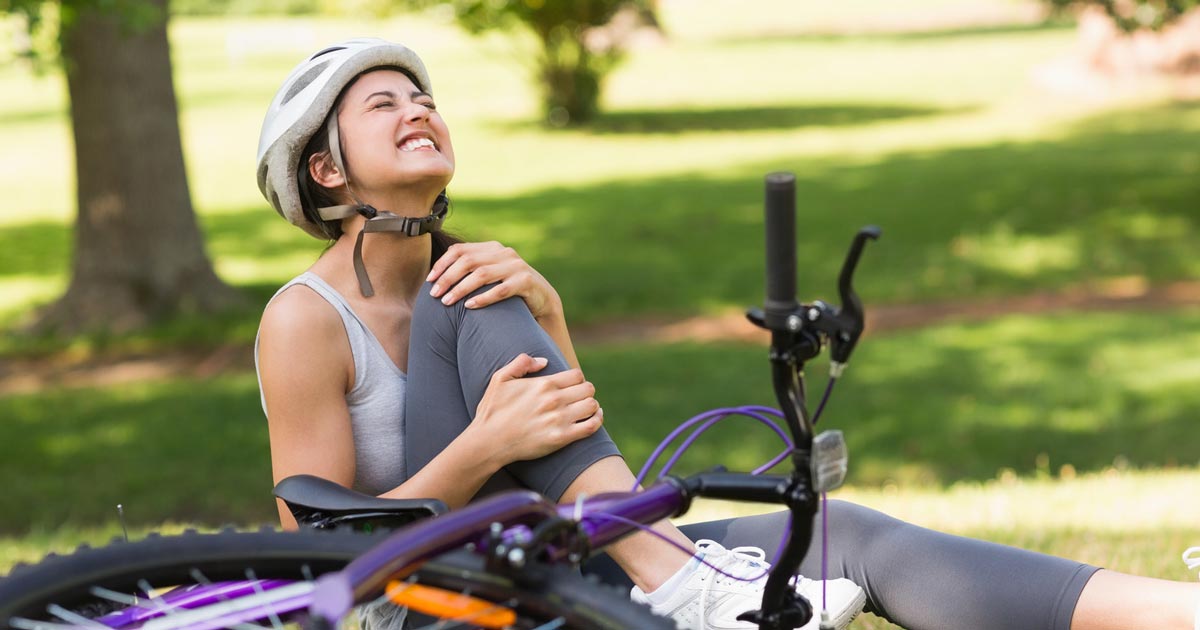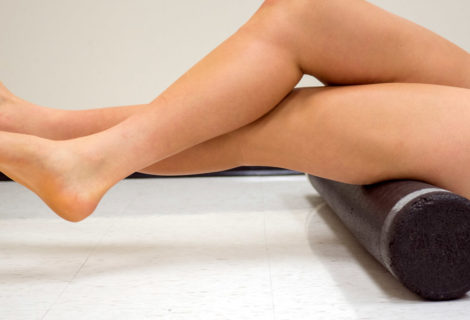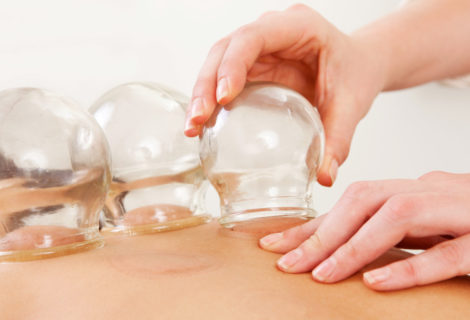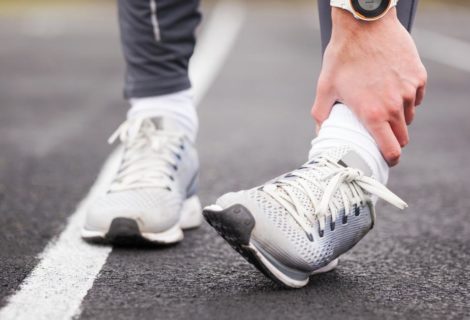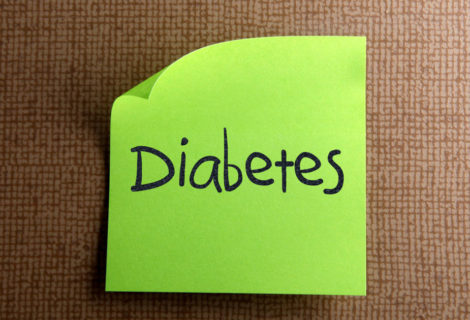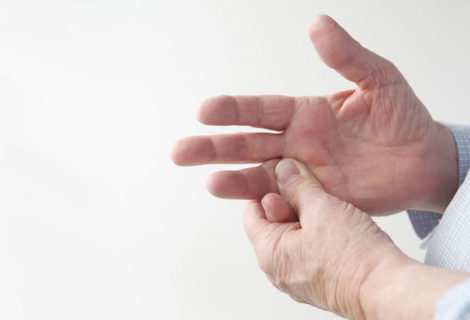R.I.C.E.R. – What does it stand for and why do we do it?
After an injury during sports, at home or at work, what is the best approach to help initiate the healing process?
The first 24 – 48 hours can be one of the most important time periods for basic self-treatment of injuries. R.I.C.E.R. can help initiate the healing process of an injury and decrease the time it takes for the tissues to heal, this mostly includes soft tissue injuries (muscles and ligaments).
So what does R.I.C.E.R. stand for?
REST
The first thing to do is stop the activity you were doing to prevent further injury or damage, try to avoid putting too much weight through the injured part of the body.
These also helps reduce swelling and bleeding in the area.
ICE
Apply ice immediately to the injury area for 20 minutes. Ice will help slow down our bodies natural inflammatory response which can become exaggerated with some injuries; the ice will therefore reduce the initial swelling and bleeding to the affected area.
Apply ice for 20 minutes every 2 waking hours for the first 24 – 48 hours, you can do this by either using a cold pack or crushed ice wrapped in a damp cloth/tea towel, or immersing the injured area in a bucket of ice water.
However, stop the use of ice if you experience any extreme discomfort or pain and consult your osteopath or other health professional.
COMPRESSION
Much the same as icing the injury, compression will help reduce the swelling by acting like it is gently “squeezing” the injured area. This causes the fluid to travel away from the injured site to eventually make it back to the heart.
ELEVATION
Elevation works well in conjunction with compression as it helps move the fluid away from the injured site back towards the heart. This is important to help get the tissues healing as soon as possible.
Because the injured area is elevated the fluid will flow more easily away from this site, as it doesn’t have to fight gravity. Like the previous steps, with compression, this will help reduce bleeding and swelling.
For the lower limb, it is best to have the area above the pelvis, lifted up via pillows or raised on a chair while the individual lays flat. For the upper limb, have it at the level of the heart.
REFERRAL
To help you to achieve your goals towards a full recovery and getting back to the activities you love, referral to an osteopath at EGOC for a precise diagnosis, ongoing care and management of your injury is the final part of R.I.C.E.R. Note that you can contact us directly to make an appointment; you do not need a referral from your doctor.


